Bosch has produced 100 million ESP systems since the start of series production in 1995. In the process, the company has made a significant contribution to making driving safer. Especially on slippery roads, but also in instances where vehicles drive into bends too quickly, the electronic stability program helps keep vehicles on course and prevent skidding accidents, which often have serious consequences.
“In recent years, ESP has demonstrably saved lives,” says Gerhard Steiger, the president of the Bosch Chassis Systems Control division, summing up the findings of several effectiveness studies. “Moreover, ESP is an important building block for high-performance assistance functions and automated driving.” Bosch developed the anti-skid technology and, in 1995, was the first company worldwide to start series production of the system.
Standard Feature
After the seatbelt, ESP is the car’s most important safety system. According to studies, it can prevent up to 80 percent of skidding accidents. A detailed analysis of the comprehensive German In-depth Accident Study’s (GIDAS) database shows that in 2011, 540 lives were saved in Germany alone as a result of ESP. This year, 60 percent of all cars on the country’s roads were equipped with the electronic guardian angel. And a growing number of countries are making the system mandatory for new vehicles. In Europe, it has been mandatory for all vehicles that have received type approval since October 2011. From November 2014, ESP will no longer be optional in the EU: it will become standard equipment in all newly registered vehicles. Even today, 78 percent of all newly produced passenger cars and light trucks in Europe are equipped with ESP. The system is also already mandatory for all vehicles up to 4.5 tons in the United States. It is also mandatory in Australia and Israel. In Japan, Korea, Russia, and Turkey, regulations will come into force within the next few years.
Around the world, 55 percent of all passenger cars and light trucks are currently equipped with ESP. Even in China, almost a quarter of new passenger cars rolling off the assembly lines feature the system. A look at production figures also reflects the safety system’s growing popularity. From the start of series production in 1995 to 2010, Bosch produced a total of 50 million ESP systems. Within just four years, this figure has doubled. “Since 2010, we have been producing more ESP than ABS systems each year,” Steiger says. At present, the global supplier of technology and services manufactures the system in Germany, France, the United States, Japan, China, India, and Brazil.
Modular system covers all requirements
Since it first went into series production, Bosch has continuously improved the active safety system, gradually adding further functions. While the first version weighed 4.3 kilograms, the basic version of the current generation nine weighs just 1.6 kilograms. Over time, the system has become significantly lighter, more compact, and less expensive. These development efforts have been a resounding success: “ESP is now affordable for all vehicle classes,” Steiger says.
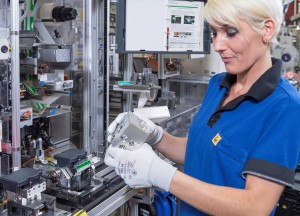
The increasing electrification of the powertrain and the growing number of assistance functions have put new demands on existing braking systems. Bosch has already responded to this development with a modular system that offers the right technical solutions. Even for fully automated vehicles, the right ESP system combined with the iBooster electromechanical brake booster already offers the redundancy that is required.
Assistance Systems
New assistance systems are making driving even safer and more comfortable. Bosch is developing functions that automatically maintain the distance to the vehicle ahead, maneuver vehicles into the tightest of parking spots, and warn drivers in good time in critical situations. In the years to come, a growing number of driving maneuvers will become fully automated. Vehicles will then be able to drive into the garage on their own, or navigate their way through morning traffic on the freeway. All of these functions have one thing in common: they brake without the driver’s intervention. ESP puts their braking commands into practice. Additional safety and comfort features can thus more easily be added to vehicles that are already equipped with the system. Sensors that gather data on the vehicle’s surroundings are the decisive basis of these features. They act as the vehicle’s sensory organs: they recognize other road users and determine their distance from the vehicle, as well as their speed and direction of travel. Bosch offers a broad range of ultrasound, video, and radar sensors that serve this purpose.



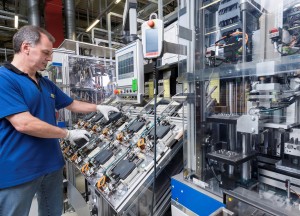

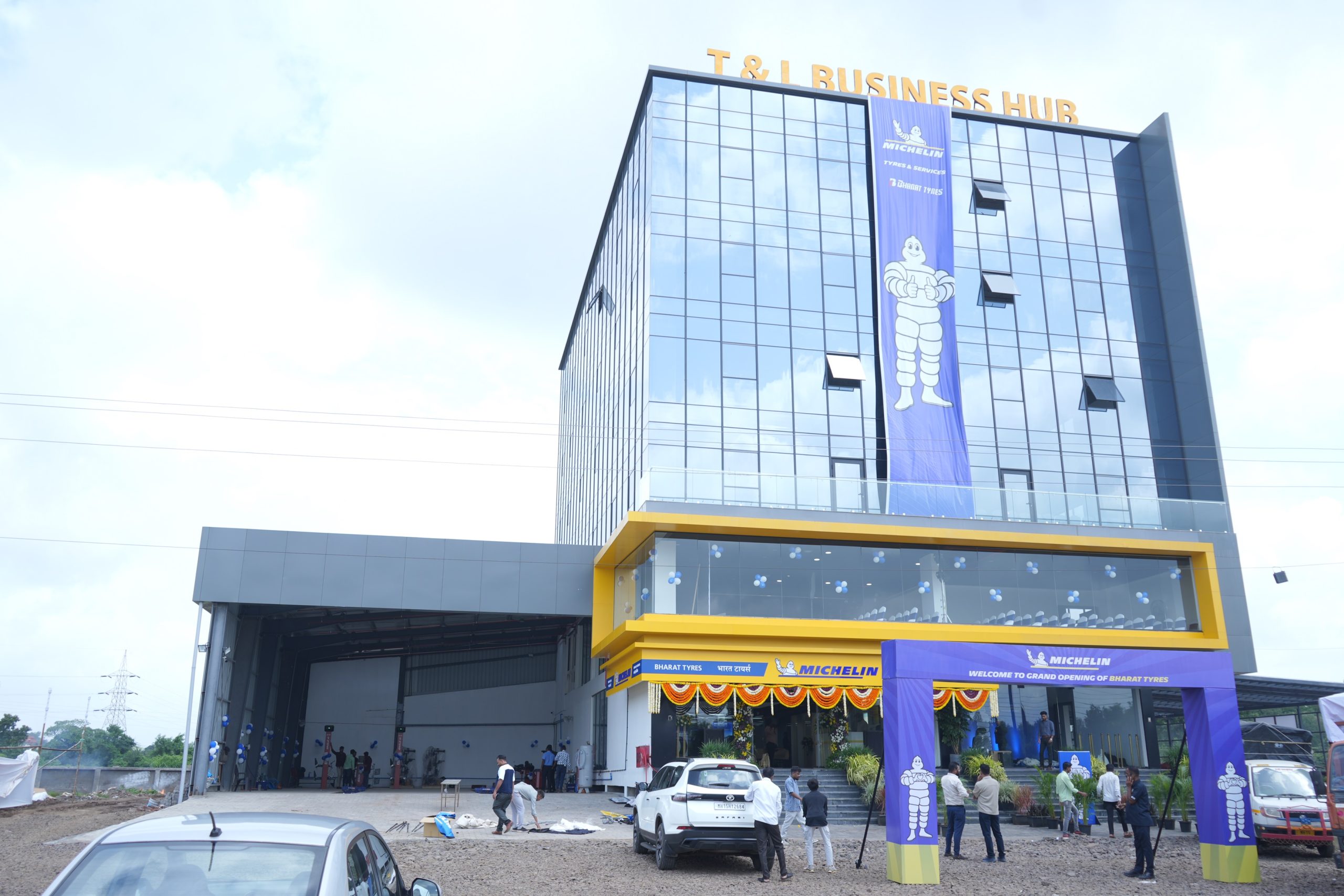

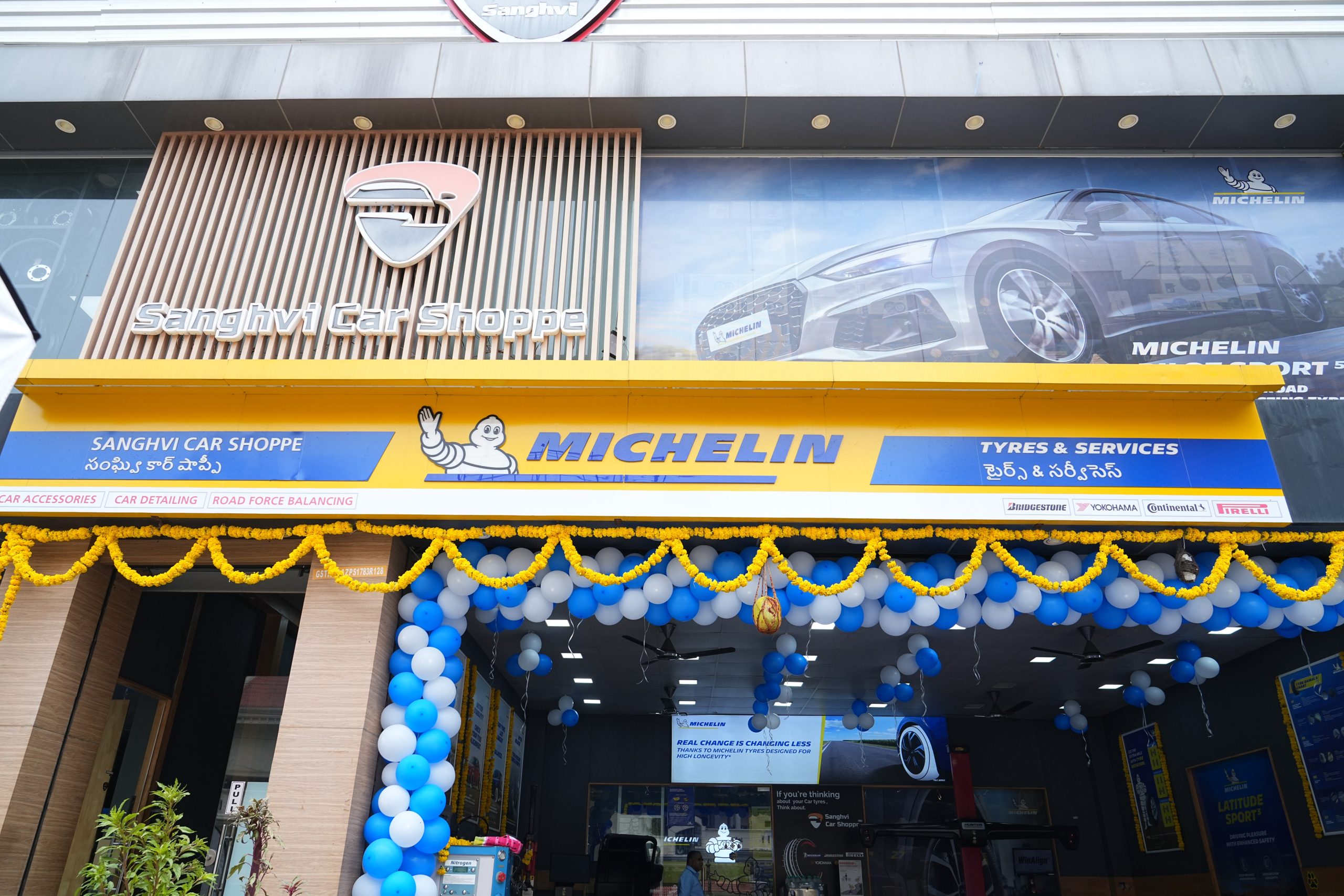

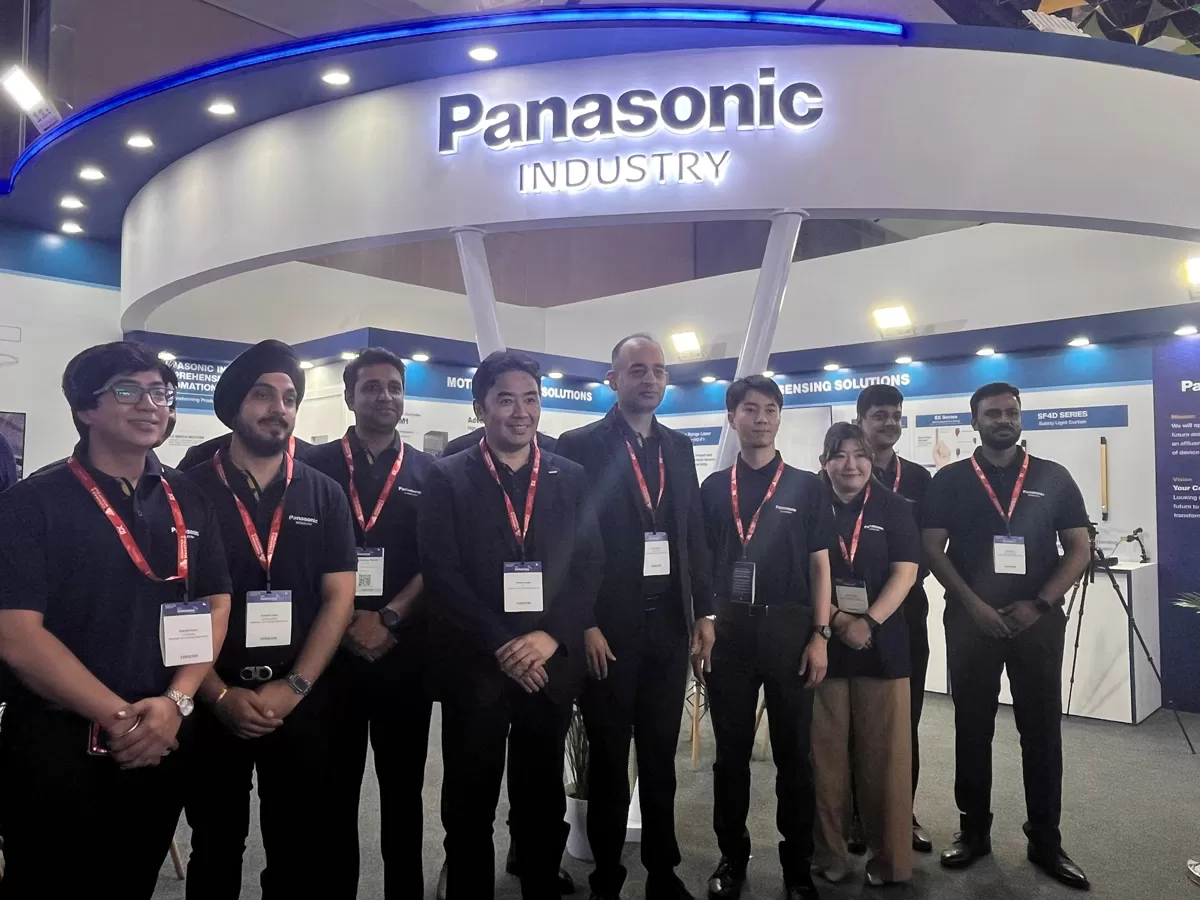


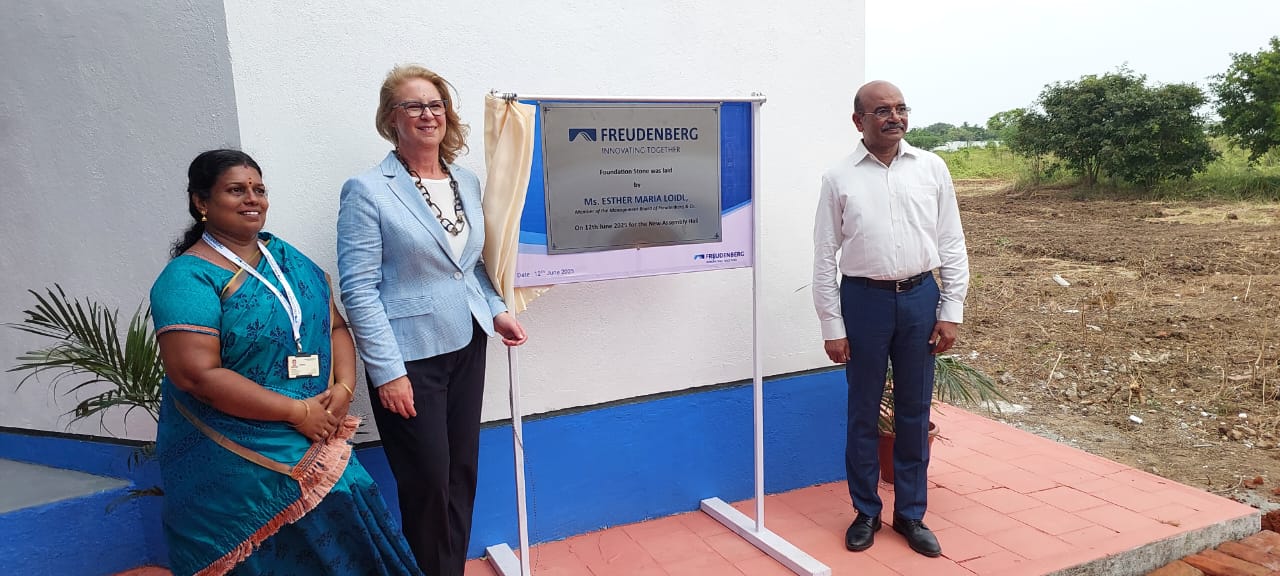
Leave a Reply